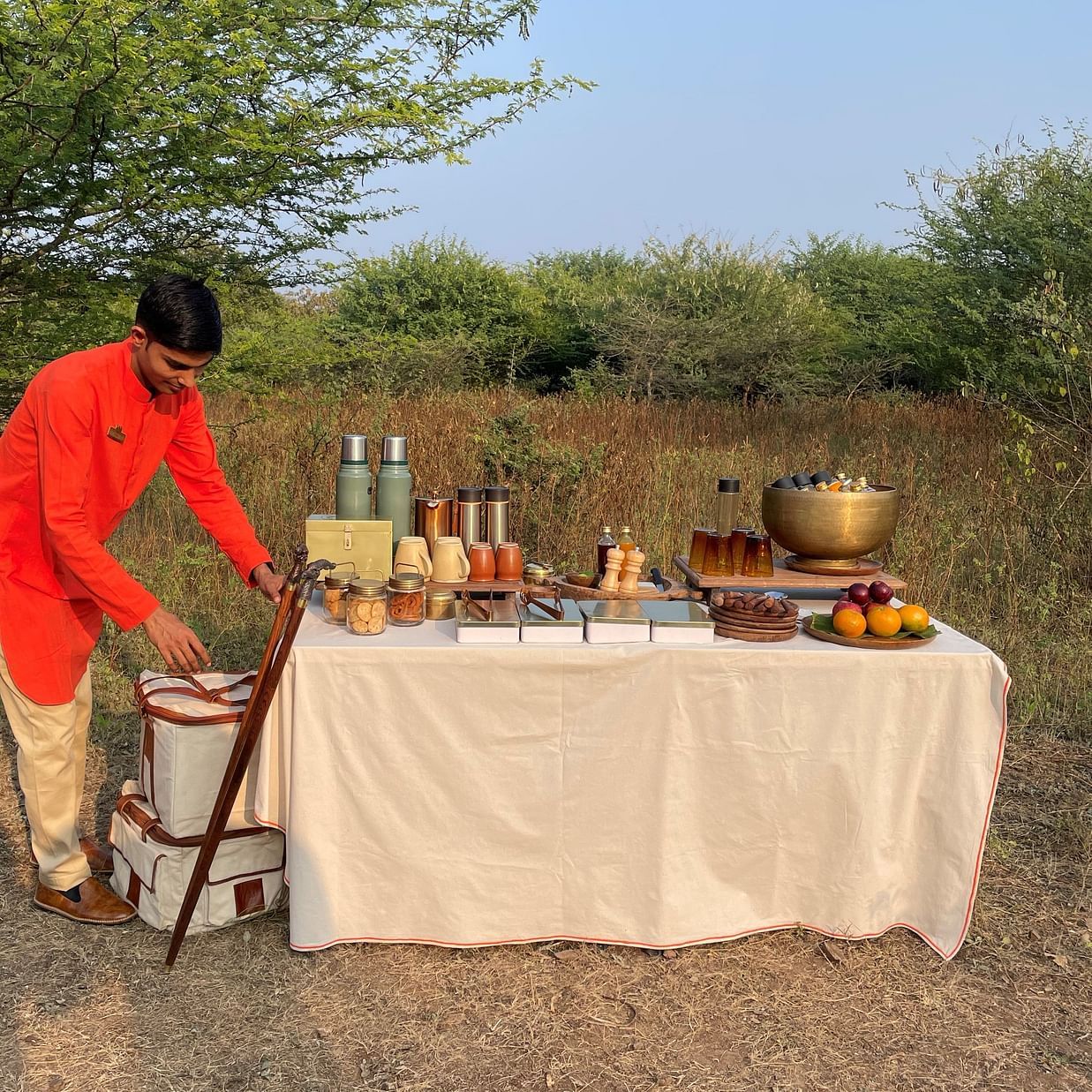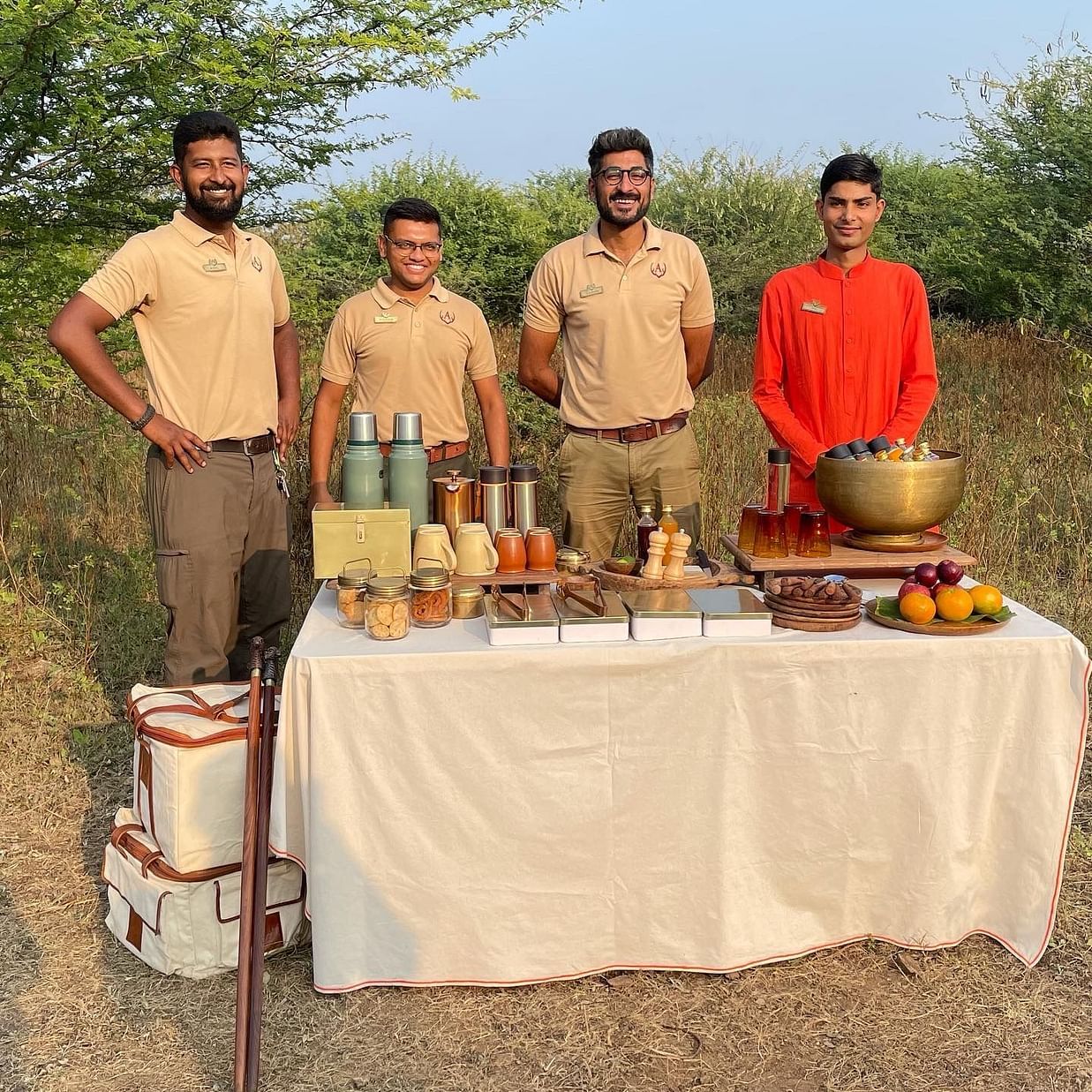- An ode to the forest
- Welcome to Chai Time at Aramness
- Food That Nourishes
- Experience the Aramness Way
- Take A Walk On The Wild Side
- That Wonderful Time of the Year
- A Truly Iconic Safari Experience
- Diversity of life in the Gir ecosystem
- The Winter Season Safari Premiere
- From A Naturalist's Lens
- Embracing Stillness in Gir
- The Feathered Friends of Gir
- Our Closest Connection to Wilderness
- The Cuddly Side of Lions
- What Deer & Parakeets Reveal About Gir’s Wild Heart
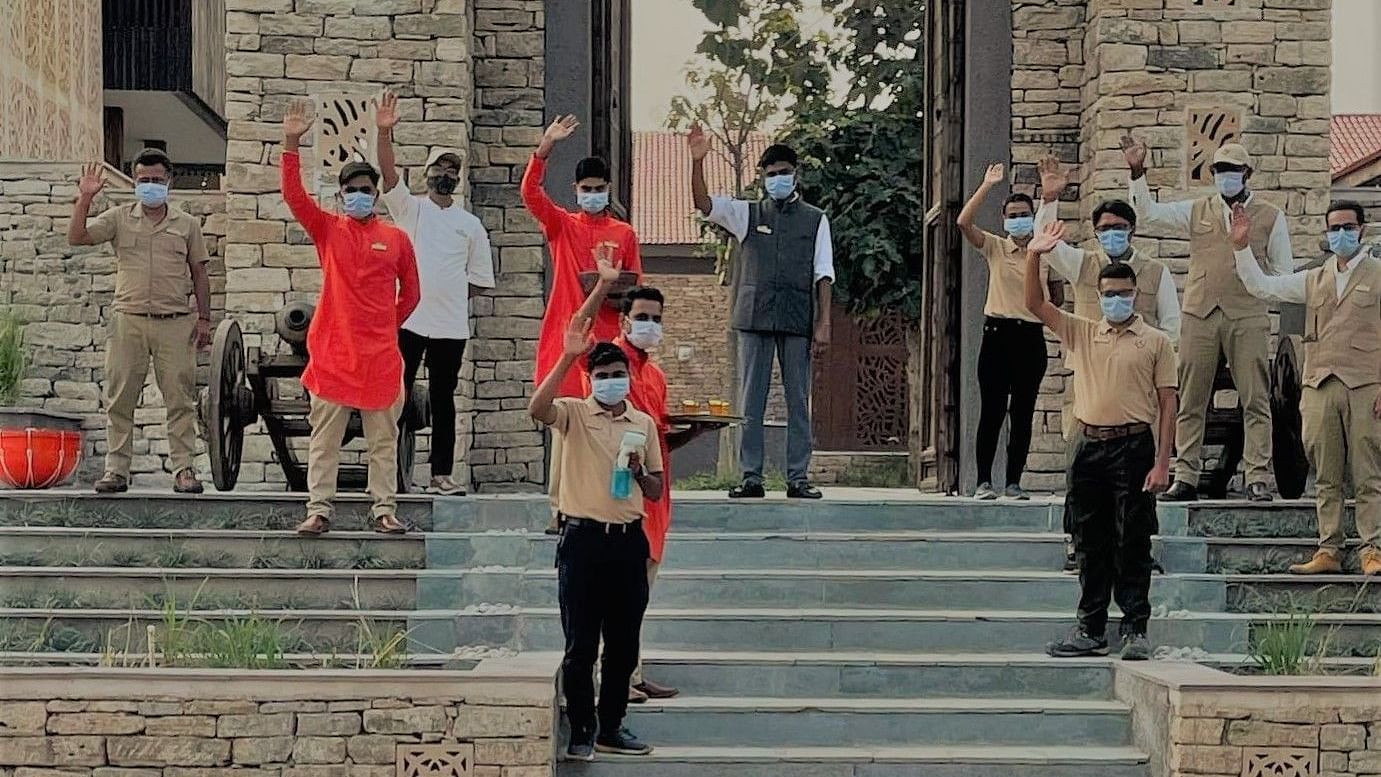
Reflecting on a transformative travel experience, one of our first guests Avanti talks about what it’s like coming to Aramness Gir.
In India, chai is more than just a simple cup of tea – it is woven into the fabric of this nation. Chai time in every home is a time to catch a breath and escape the hustle and bustle of the day to reconnect. It is always characterised by storytelling and the sharing of news as spicy and flavourful as the tea itself - Chai Time at Aramness is no different.
Even at its most silent, the wild is chaos. Ecosystems change constantly to remain in stasis. Energy and nutrients move up and down food chains, creatures migrate, reproduce and decay. Life, Siddhartha Mukherjee once wrote, is chemistry, allowing us to “live on the edges of chemical entropy”. The dance, to borrow from T.S. Eliot, is at the still point of that balancing act, the turning world; it’s in the dust plumes kicked up by the 4x4 as it skirts the forest’s edge, floating momentarily before settling back down; the flash of sinew as a lion crosses the path, pausing for a breath, then continuing on; and the gentle scuffle of a wild boar rooting around in the half-light of dawn, then falling silent, just beyond the jeep’s headlights.
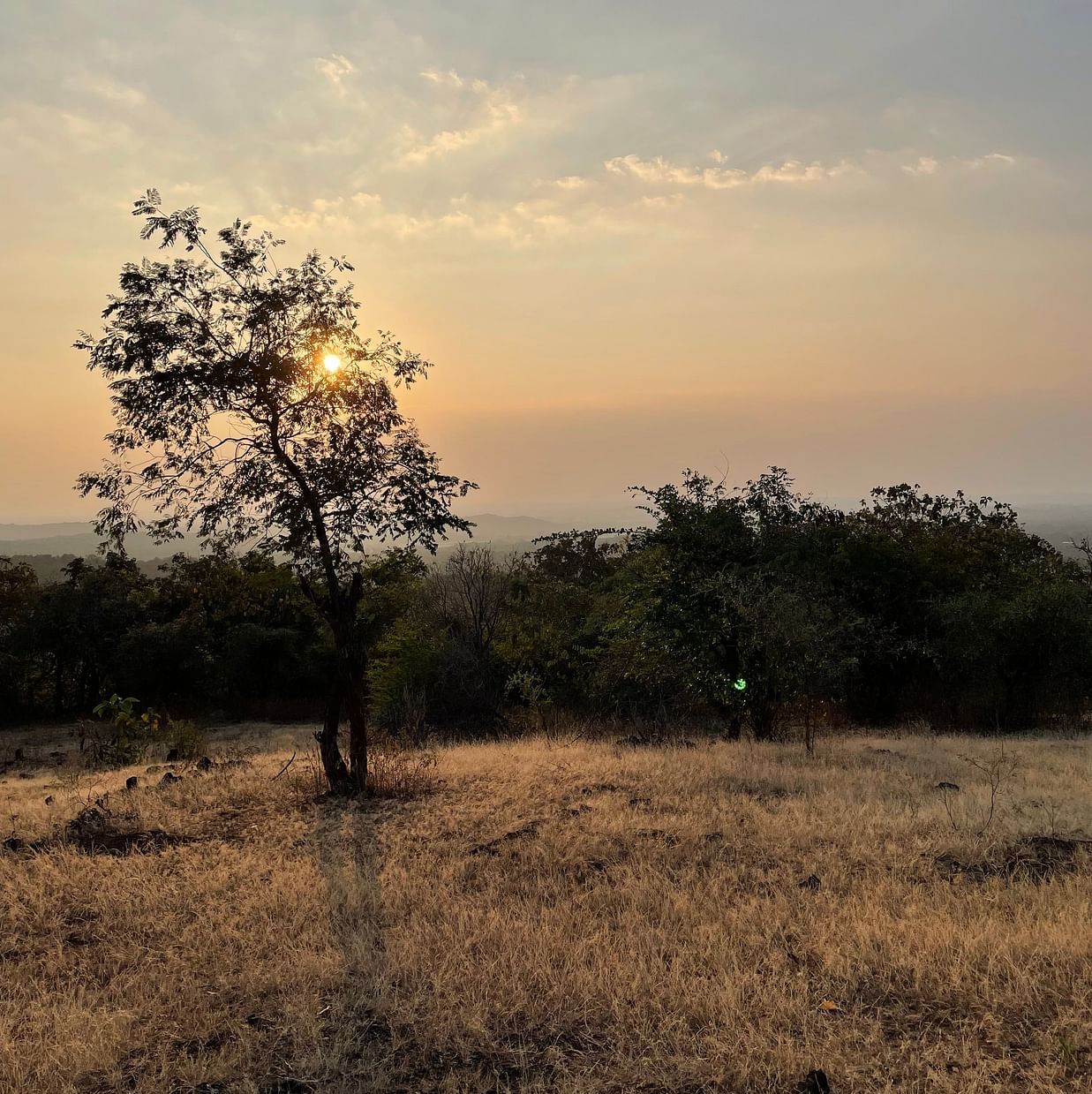
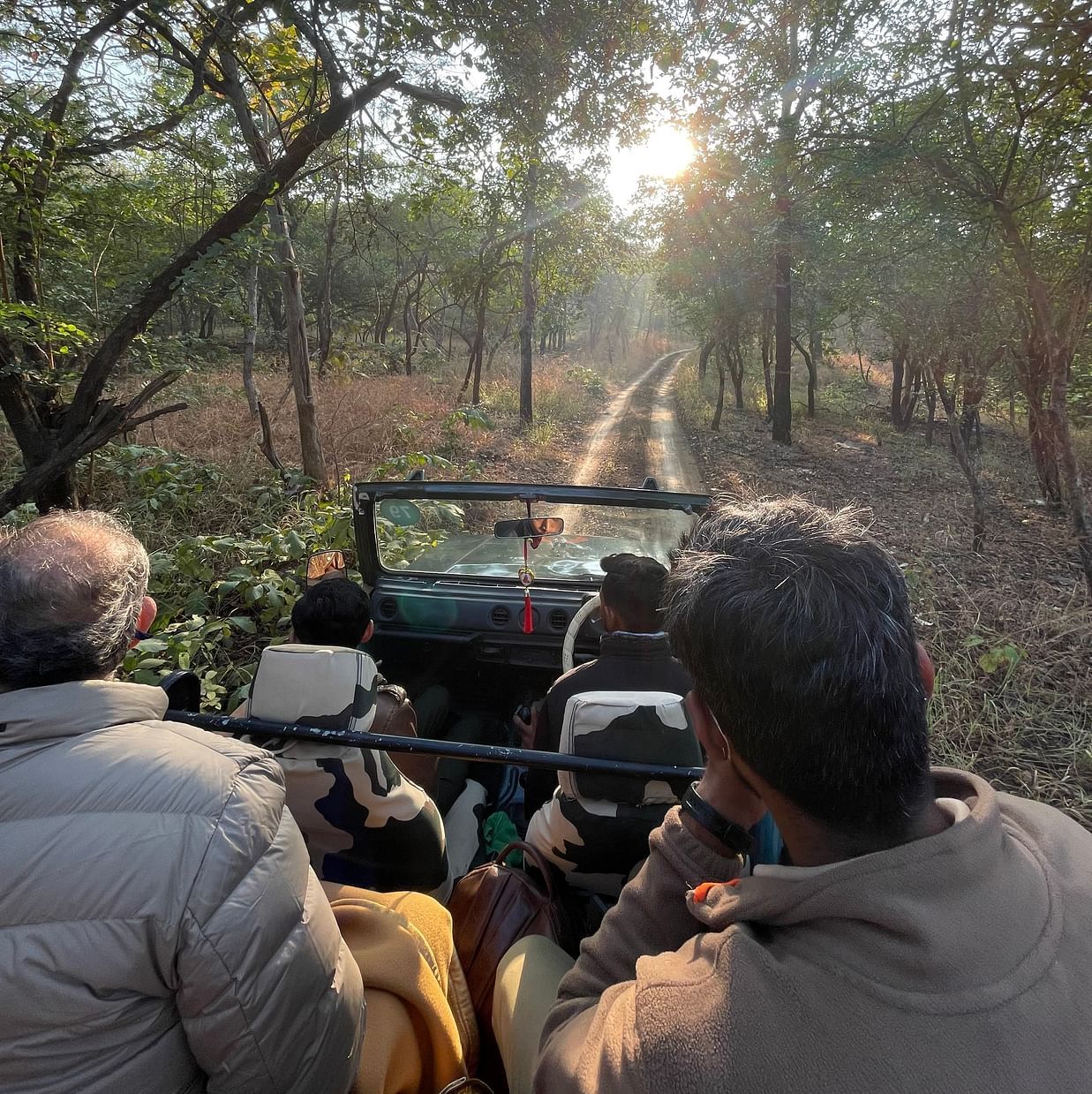
The dance is also on the blurry horizon where human endeavour engages with the wild: sometimes it falls apart – entropy in extremis – and sometimes it balances on the edge. That’s what Aramness is: an ode to the forest, its order, and its anarchy. The property’s iconic haveli rises in symmetrical precision, perforated with a latticed nod to the teak leaf at the end of its life: where it once absorbed light and oxygen, it now lets it through. The kothis or villas are expansive, light-filled areas with unassuming doorways: secret rooms with artisanal treasures and riveting forest views. Man-made, yet resonant to birdsong (or a lion’s roar). The wild is welcomed in, as it should be.
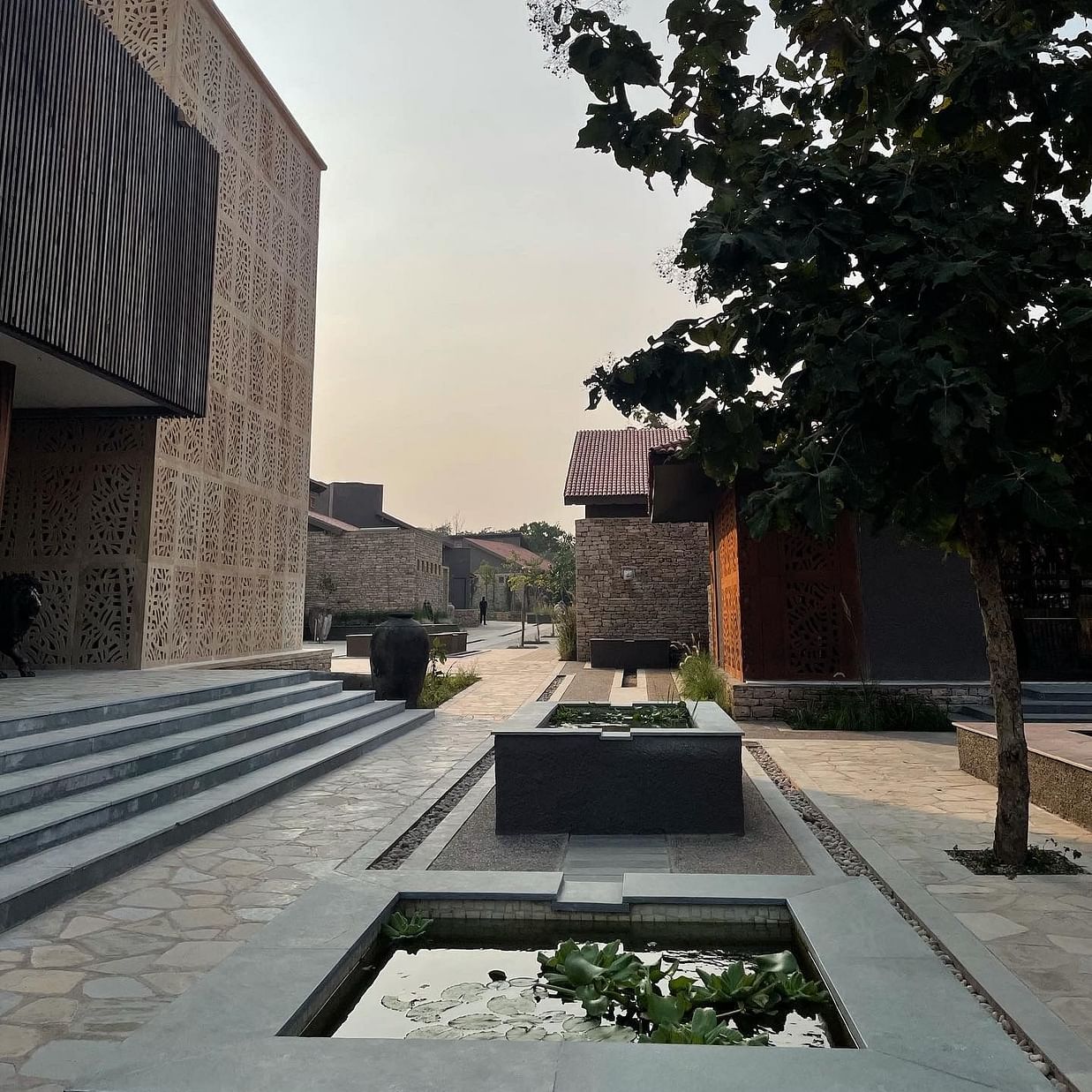
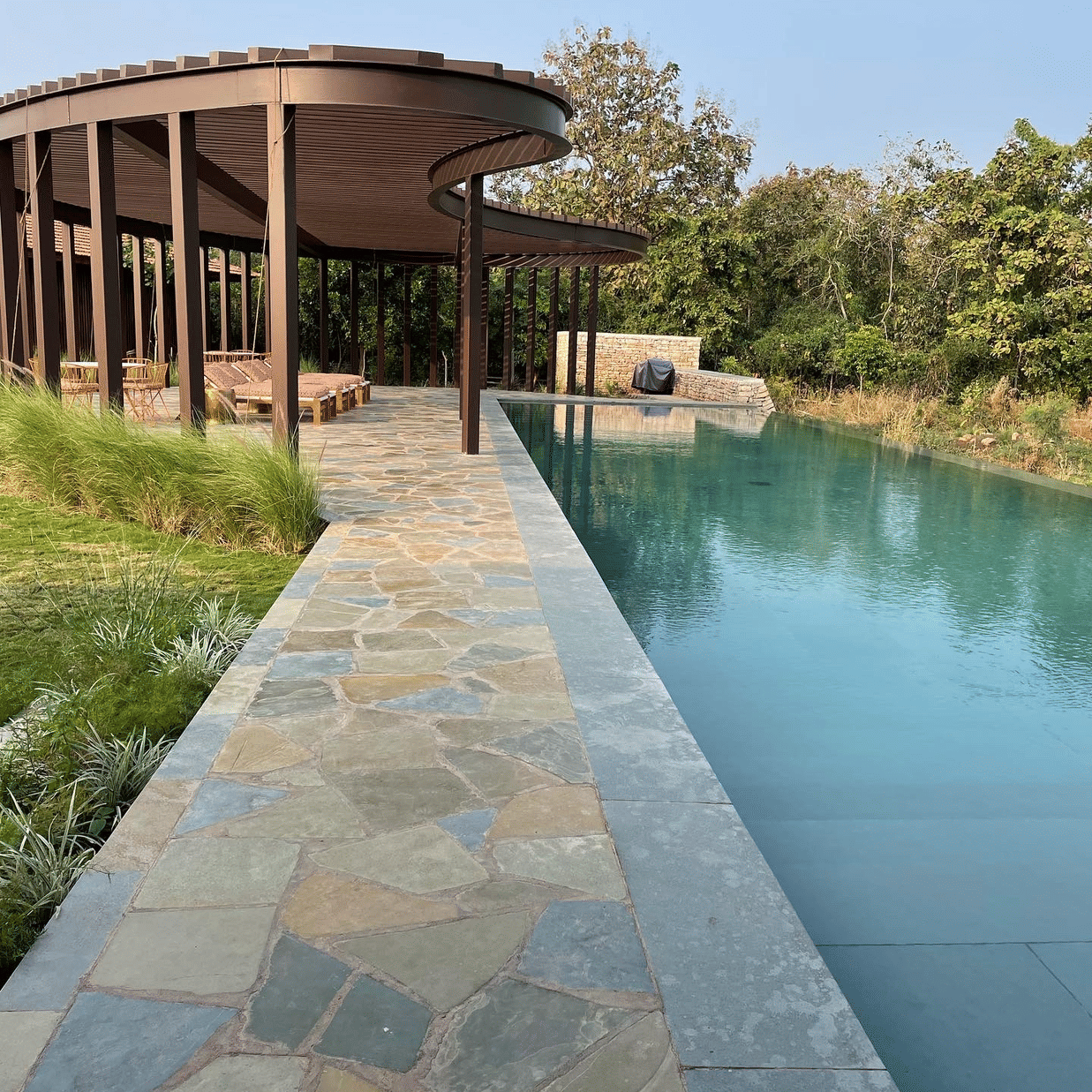
We live in Mumbai, a city with its own rendering of order and chaos. Despite its skyscrapers and bridges, whispers of the forest that Mumbai once was filter through: a peacock observing early morning traffic, a leopard wandering into a mall, a pod of dolphins frolicking by the Sea Link. All this is to say that places that create space (even inadvertently, like Mumbai – despite its urban squalor, wildlife persists) for both the human tendency to create structure and for ecology to run its course feel like home. At Aramness, the cup runneth over.

Come to Aramness to swap screaming traffic for screaming chital as you sip coffee by the pool (the one in your room or the one by the Pool House). Visit to witness evolution, forest ecology, the rules that govern the chaos come alive in the early morning light. Come for the lions, of course. But also come for the nilgai, the owls, the sambar, the ghost trees and the red-napped ibis that squawks a welcome as you enter the national park. Come for the food. Come to learn about the Maldhari, a once nomadic people who live in jagged harmony with the Gir forest. Come to witness the forest stir to life as dawn consumes the fading stars. Take nothing for granted. The wilderness operates on its own terms – it may or may not present its treasures to you. But if you let it, it will be your greatest pas de deux.
